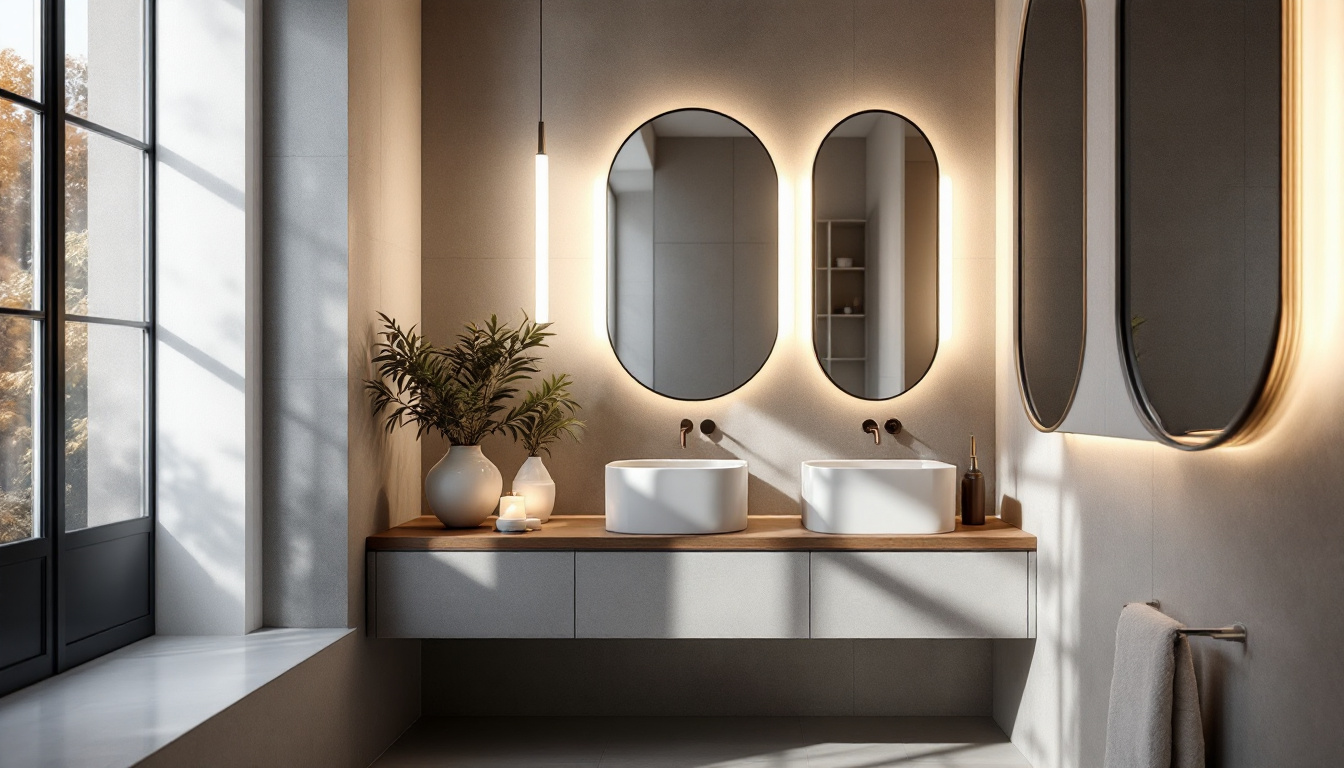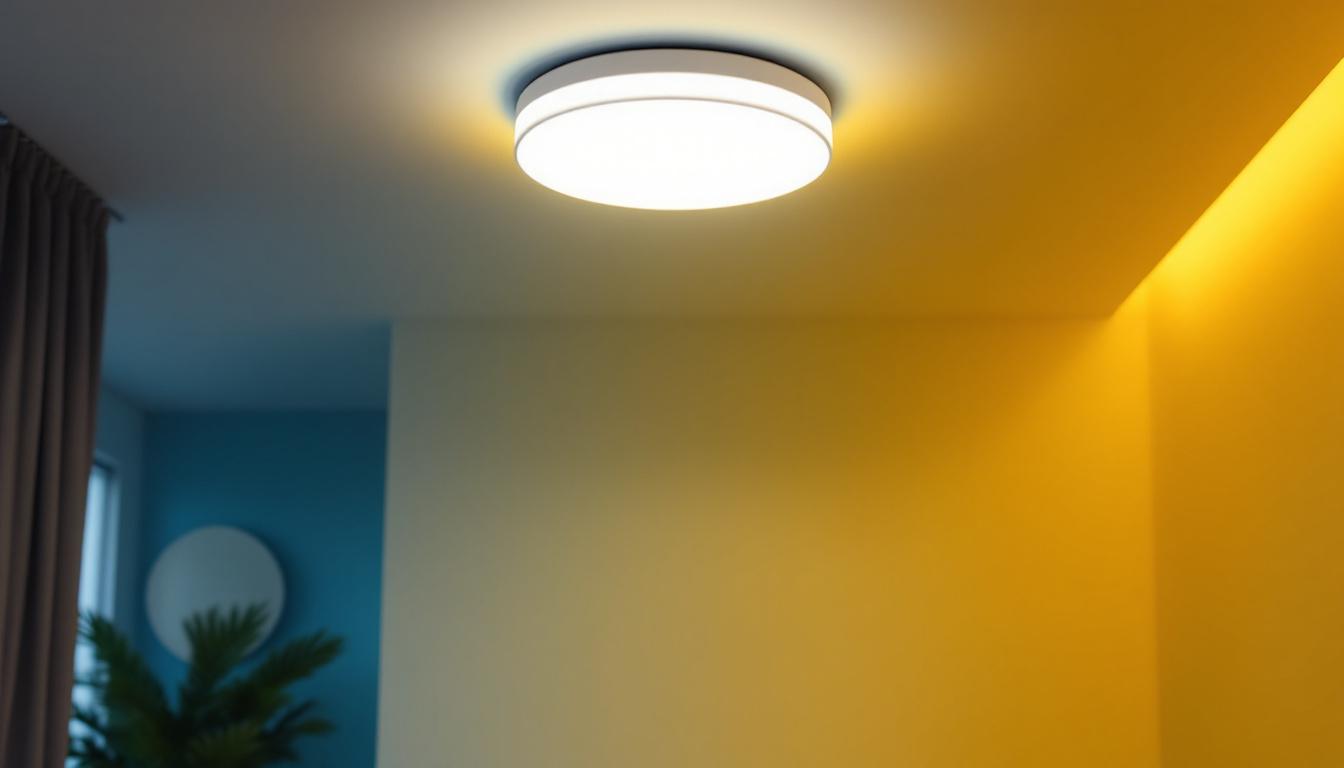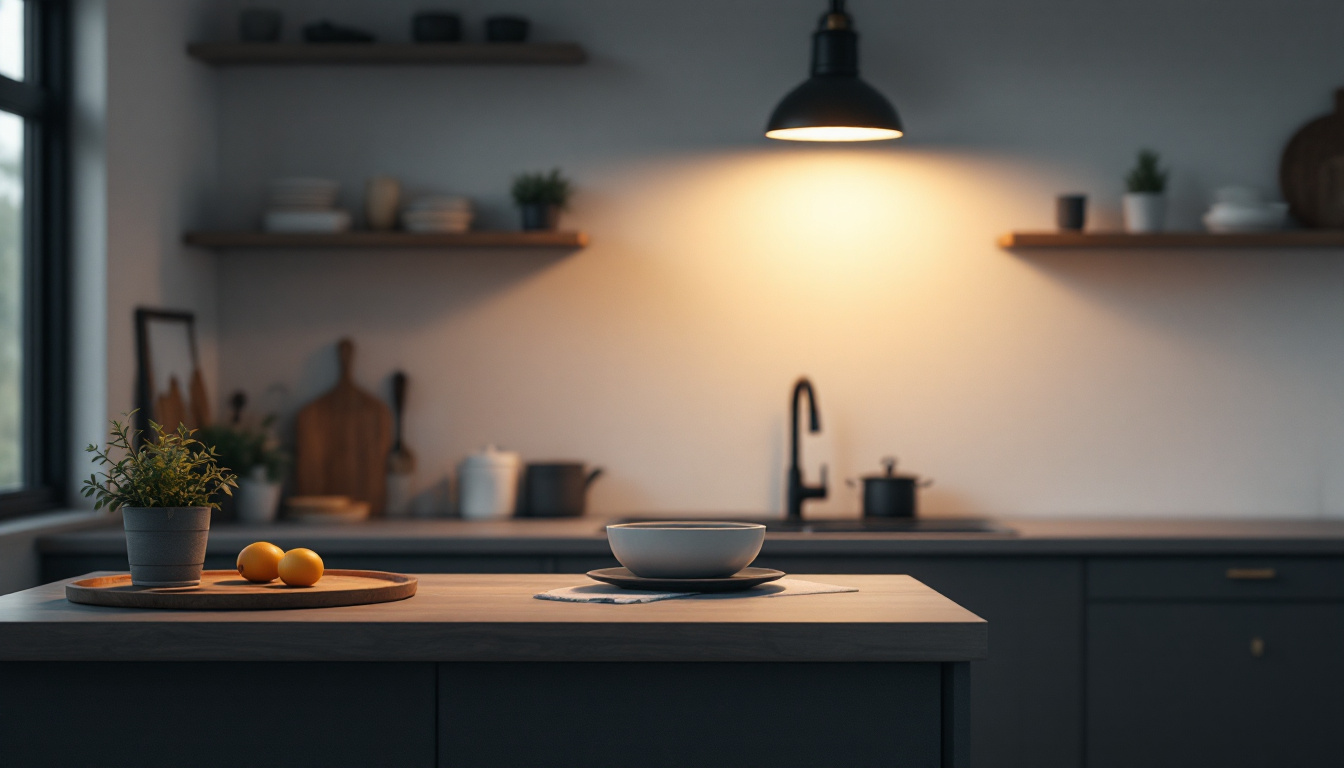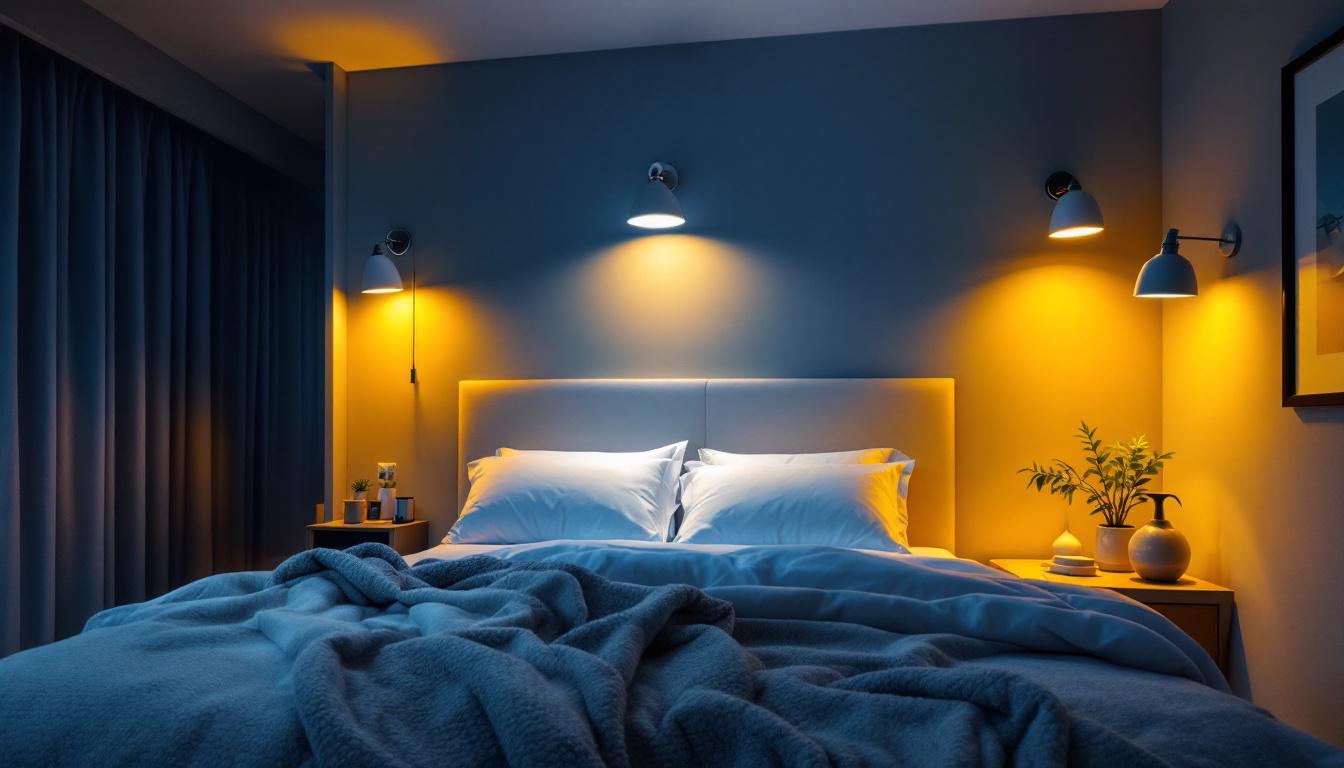
In the ever-evolving world of interior design, the importance of effective lighting cannot be overstated, particularly in spaces like bathrooms where ambiance and functionality are paramount. LED bathroom vanity lights have emerged as a popular choice among homeowners and designers alike, thanks to their energy efficiency, longevity, and versatility. For lighting contractors, understanding the nuances of LED bathroom vanity lights is essential for delivering quality installations that meet client expectations. This article delves into proven methods for selecting, installing, and optimizing LED bathroom vanity lights.
Before diving into installation techniques and design considerations, it is crucial for lighting contractors to grasp the fundamentals of LED technology. Light Emitting Diodes (LEDs) are semiconductor devices that convert electricity into light. Unlike traditional incandescent bulbs, LEDs are highly efficient, consuming significantly less energy while providing superior illumination. This efficiency not only benefits the environment by reducing energy consumption but also aligns with the growing trend of sustainability in home design.
LEDs offer numerous advantages that make them ideal for bathroom vanity lighting. One of the most compelling benefits is their energy efficiency. LEDs use up to 80% less energy than incandescent bulbs, which translates to lower electricity bills for homeowners. Additionally, they have an impressive lifespan, often lasting up to 25,000 hours or more, reducing the frequency of replacements. This longevity means fewer materials are consumed over time, contributing to a more sustainable approach to lighting.
Another significant advantage is their low heat emission. Unlike incandescent bulbs, which generate a considerable amount of heat, LEDs remain cool to the touch. This feature is particularly beneficial in bathrooms, where moisture and heat can affect the longevity of lighting fixtures. Furthermore, LEDs are available in a wide range of color temperatures, allowing for customization of the bathroom’s ambiance. For instance, cooler temperatures can create a refreshing atmosphere, while warmer tones can evoke a sense of relaxation, making it easier for homeowners to tailor their space to their personal preferences.
The Color Rendering Index (CRI) is a critical factor to consider when selecting LED lights for bathroom vanities. CRI measures how accurately a light source displays colors compared to natural light. A higher CRI value, ideally above 90, ensures that colors appear vibrant and true to life, which is essential for tasks like makeup application or grooming. When advising clients, lighting contractors should emphasize the importance of selecting LEDs with a high CRI to enhance the functionality of the bathroom space. Furthermore, a well-chosen CRI can significantly impact the overall mood of the bathroom, influencing how colors in decor and personal items are perceived.
In addition to CRI, contractors should also consider the dimming capabilities of LED fixtures. Many homeowners appreciate the flexibility of adjusting light levels to suit different activities, whether it’s bright lighting for morning routines or softer illumination for a relaxing bath in the evening. This adaptability not only enhances the user experience but also contributes to energy savings, as lower light levels consume less power. By educating clients on the benefits of both high CRI and dimmable options, contractors can help them create a bathroom environment that is both functional and inviting.
When it comes to designing effective bathroom vanity lighting, several factors must be taken into account. The right design not only enhances aesthetics but also improves functionality. Lighting contractors should consider the size of the bathroom, the style of the vanity, and the specific needs of the homeowner.
There are various fixture types to choose from when it comes to LED bathroom vanity lights. Wall-mounted sconces, for instance, are a popular choice as they provide even illumination and can be positioned at eye level for optimal lighting. These fixtures can be installed on either side of the mirror or above it, depending on the layout of the bathroom.
Another option is LED strip lights, which can be installed along the edges of mirrors or cabinetry. These provide a sleek and modern look while offering ample illumination. Additionally, pendant lights can be used to create a focal point above the vanity, adding a touch of elegance to the space.
The placement and spacing of lighting fixtures are crucial for achieving a well-lit bathroom. Ideally, fixtures should be installed at a height of 65 to 70 inches from the floor to ensure that the light is directed towards the face, minimizing shadows. When using multiple fixtures, a spacing of 36 to 48 inches apart is recommended to provide balanced illumination.
In smaller bathrooms, it may be beneficial to use a combination of overhead lighting and vanity lights to create layers of light. This approach helps to eliminate dark corners and enhances the overall brightness of the space. Lighting contractors should assess the specific layout of each bathroom to determine the most effective placement for fixtures.
Proper installation of LED bathroom vanity lights is essential for ensuring safety and functionality. Lighting contractors should adhere to best practices and local electrical codes throughout the installation process. Below are some proven techniques to consider.
Before beginning any installation, it is crucial to ensure that the electrical system can support the new lighting fixtures. Contractors should check the wattage and voltage requirements of the LED lights and confirm that the existing wiring is adequate. In some cases, it may be necessary to upgrade the electrical system to accommodate the new fixtures.
When wiring the fixtures, it is essential to follow the manufacturer’s instructions carefully. Properly connecting the wires and securing them with wire nuts will help prevent electrical hazards. Additionally, using a circuit breaker with a ground fault circuit interrupter (GFCI) is recommended for bathroom installations to enhance safety.
Mounting LED fixtures securely is vital for both safety and aesthetics. For wall-mounted sconces, contractors should locate the studs behind the drywall to ensure a stable installation. If studs are not available, using wall anchors can provide additional support.
For overhead fixtures, it is important to ensure that the mounting bracket is securely attached to the ceiling. This will prevent any potential accidents or damage caused by loose fixtures. After installation, contractors should test the fixtures to ensure they are functioning correctly and that there are no flickering lights.
Once the LED bathroom vanity lights are installed, optimizing their performance is essential for achieving the desired ambiance and functionality. This involves adjusting the lighting levels, incorporating dimmers, and considering smart technology.
Lighting levels can significantly impact the overall feel of a bathroom. For tasks like grooming or applying makeup, bright, even lighting is necessary. However, homeowners may also want the option to create a softer atmosphere for relaxation. Lighting contractors should discuss the importance of adjustable lighting levels with clients and recommend solutions that allow for flexibility.
Using multiple fixtures with different brightness levels can help achieve this balance. For example, combining bright LED sconces with softer ambient lighting from overhead fixtures creates a layered lighting effect that enhances the usability of the space.
Dimmers are an excellent addition to LED bathroom vanity lights, allowing homeowners to control the intensity of the lighting. This feature not only enhances the ambiance but also contributes to energy savings. When installing dimmers, contractors should ensure they are compatible with LED technology, as not all dimmers work effectively with LED lights.
Incorporating dimmers also allows for customization based on the time of day or specific activities. For instance, bright lighting may be preferred in the morning for grooming, while softer lighting may be more suitable for a relaxing bath in the evening.
As technology continues to advance, smart lighting solutions have become increasingly popular. These systems allow homeowners to control their lighting through smartphones or voice-activated devices. For lighting contractors, offering smart lighting options can enhance the overall value of the installation.
Smart LED bathroom vanity lights can be programmed to adjust brightness levels, change color temperatures, or even sync with other smart home devices. This level of customization not only appeals to tech-savvy clients but also enhances the overall user experience in the bathroom.
While installing LED bathroom vanity lights can be straightforward, several common challenges may arise. Being prepared to address these issues can set a lighting contractor apart from the competition.
In smaller bathrooms, limited space can pose challenges when selecting and installing lighting fixtures. Contractors should consider compact designs that maximize illumination without overwhelming the space. Slimline sconces or LED strips can be excellent choices in such scenarios.
Additionally, utilizing mirrors strategically can help enhance the perception of space while reflecting light. This not only improves the overall brightness but also creates an illusion of a larger area.
Clients may have specific concerns regarding the brightness or color temperature of the LED lights. It is essential for lighting contractors to listen to these concerns and provide solutions that meet their needs. Offering samples or demonstrating different lighting options can help clients visualize the final outcome.
Furthermore, educating clients about the benefits of LED technology, including energy savings and longevity, can alleviate any hesitations they may have about making the switch from traditional lighting solutions.
LED bathroom vanity lights offer a myriad of benefits, from energy efficiency to versatility in design. For lighting contractors, mastering the art of selecting, installing, and optimizing these fixtures is crucial for delivering exceptional results that meet client expectations. By understanding the technology, considering design elements, and addressing common challenges, contractors can enhance their expertise and provide valuable insights to homeowners.
As the demand for stylish and functional bathroom lighting continues to grow, staying informed about the latest trends and technologies will ensure that lighting contractors remain competitive in the industry. Embracing LED technology not only benefits clients but also contributes to a more sustainable and energy-efficient future.
Ready to elevate your lighting installations with the efficiency and elegance of LED bathroom vanity lights? At LumenWholesale, we provide lighting contractors like you with the highest quality, spec-grade lighting products at unbeatable wholesale prices. Say goodbye to local distributor markups and hello to a vast selection of reliable, high-performance lighting that meets rigorous industry standards. Plus, enjoy the convenience of bulk buying with free shipping, ensuring you get the premium lighting you need at the best value — without hidden fees or compromises. Don’t miss out on the perfect blend of quality, affordability, and convenience. Take the next step in optimizing your lighting projects by visiting Wholesale Lighting at the Best Value today.

Discover the ultimate guide for lighting contractors on selecting and installing flush mount LED ceiling light fixtures.

Discover the must-have essentials for lighting contractors working with industrial lamp kitchens.

Discover how hotel room lighting fixtures enhance safety in lighting installations, improve guest security, and boost ambiance—learn expert tips to optimize your setup today!.

Discover how ballast replacement can enhance your lighting installations and boost profitability.